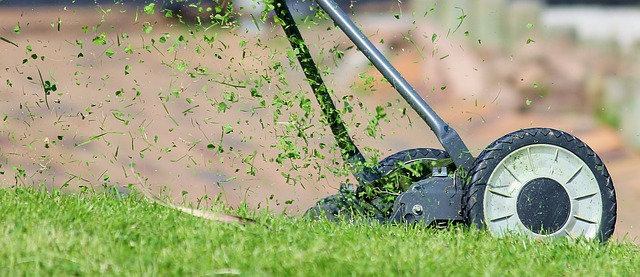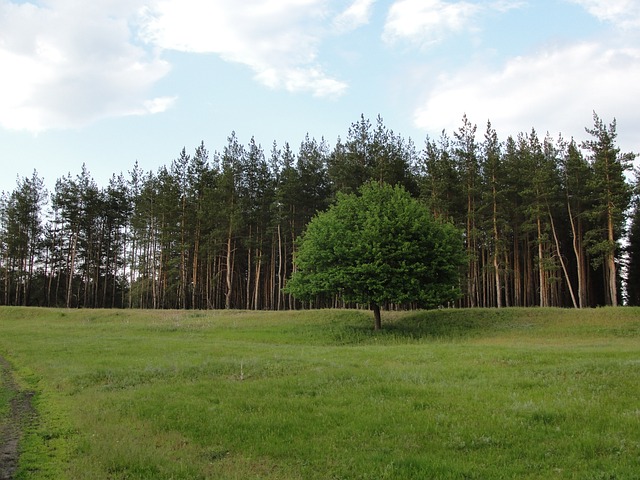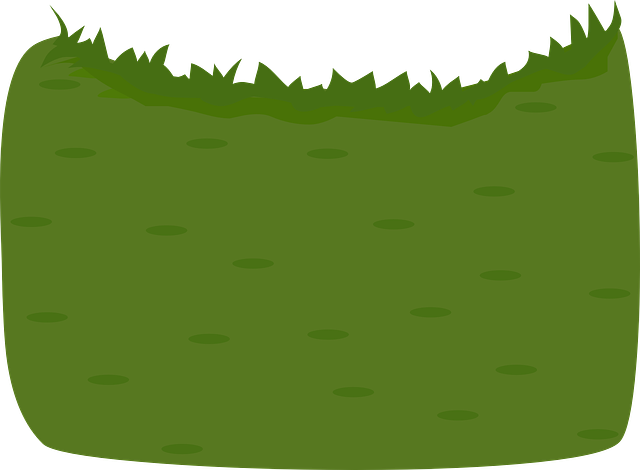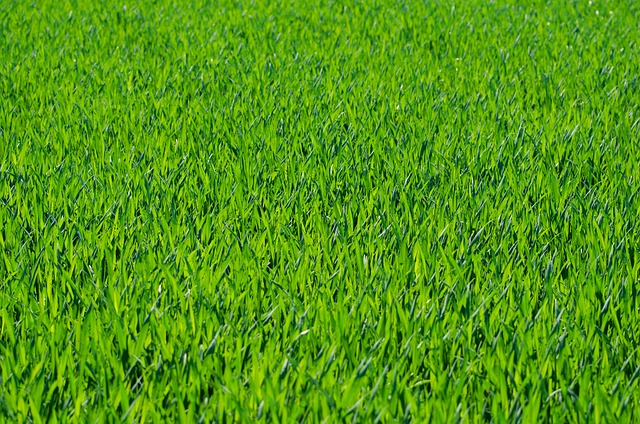When contemplating a lawn renovation, it's essential to conduct a thorough assessment of your current outdoor space, considering factors like grass type, soil composition, sunlight exposure, and drainage systems. Your lawn's specific conditions will dictate the most suitable maintenance schedule and renovation timing, whether you opt for cool-season or warm-season grasses. Tailor your garden design to match your intended use—be it family activities, hosting guests, or personal relaxation—as this will influence plant choices, hardscape elements, and overall layout. Low-maintenance options like durable grass types or xeriscaping with drought-resistant plants can help balance a beautiful lawn with time for leisure. A garden remodel offers an opportunity to create a personalized retreat that aligns with your lifestyle, so set clear objectives from the start. For families, safety and durability are paramount in play areas. Selecting plants suited to your climate and soil type is key for their health and the overall visual appeal of your lawn. Consider integrating hardscapes like paths and retaining walls to enhance both functionality and aesthetics while supporting biodiversity and ecological health. Advanced water conservation strategies, such as drip irrigation systems and mulching, are crucial for maintaining a lush lawn while preserving water resources. A well-planned garden design that combines both soft and hard landscaping elements will result in a sustainable and low-maintenance outdoor space that complements your home and lifestyle.
Embark on a transformative journey with our expert insights into garden remodeling. This article serves as your guide to assessing your lawn’s current state, understanding its soil type and climate, and setting clear objectives for the desired outcome of your garden revamp. From selecting the ideal flora to implementing water conservation strategies and incorporating functional hardscape elements, each section offers a tailored approach to creating an outdoor space that is both beautiful and supportive of local ecosystems. Elevate your gardening prowess with the right knowledge and resources at hand.
- Assessing Your Lawn's Current State: A Comprehensive Evaluation
- Setting Clear Objectives for Your Garden Remodel: What Do You Want to Achieve?
- Choosing the Right Plants and Vegetation for Your Climate and Soil Type
- Implementing Innovative Water Conservation Techniques in Your Garden Design
- Integrating Hardscape Elements for Functionality, Beauty, and Ecosystem Support
Assessing Your Lawn's Current State: A Comprehensive Evaluation

Before embarking on a garden remodeling project, it is imperative to conduct a thorough assessment of your current lawn. This initial evaluation will lay the groundwork for informed decision-making and effective planning. Begin by examining the grass types present; understanding whether you have a cool-season or warm-season lawn species will influence your maintenance practices and the best time for renovations. Take note of the lawn’s drainage, soil quality, sunlight exposure, and any existing challenges such as weeds, pests, or compacted soil, which can impact the health and aesthetics of your yard. Assessing these elements provides a clear picture of your lawn’s needs and sets the stage for a successful garden transformation.
In addition to the overall condition, consider the layout and functionality of your outdoor space. How do you envision using your yard? Is it a play area for children, an entertainment spot for guests, or a tranquil retreat for relaxation? Your intended use will dictate the design elements and landscaping features that should be prioritized during the remodeling process. For instance, if you desire low maintenance, you might opt for hardy grass varieties or even replace some areas with xeriscaping elements such as drought-resistant plants and decorative stones. This comprehensive evaluation ensures that your garden remodeling aligns with your vision and thrives in its environment.
Setting Clear Objectives for Your Garden Remodel: What Do You Want to Achieve?

Embarking on a garden remodeling project offers an opportunity to transform your outdoor space into a personal oasis that aligns with your lifestyle and aesthetic preferences. To ensure your lawn renovation yields satisfying results, it’s crucial to establish clear objectives from the outset. Consider the functional aspects of your garden; do you desire a tranquil retreat, a play area for children, or perhaps an extension of your dining space? Each goal will influence design choices such as plant selection, hardscaping elements, and lighting. For instance, if you aim to create a family-friendly environment, incorporating durable and safe materials for pathways and play zones becomes a priority. Similarly, planning for low-maintenance plants can free up time for leisure while maintaining an attractive lawn. By setting these objectives, you lay the groundwork for a cohesive design that reflects your needs and enhances the overall appeal of your garden.
When articulating your vision for the garden, think about how different spaces within it will interact and complement each other. A well-thought-out plan might involve zoning distinct areas, each with its own character and purpose. For example, a seating area with a breathtaking view, a vegetable patch near the kitchen door, and a children’s play zone with soft landscaping can all coexist in harmony within your lawn. This approach not only creates functional spaces but also adds visual interest and depth to your garden design. As you envision these different zones, consider how they will be used throughout the seasons, ensuring that your lawn remains both beautiful and practical year-round. With a clear set of objectives, you can make informed decisions about plant varieties, materials for construction, and the overall layout, all of which contribute to a successful garden remodel.
Choosing the Right Plants and Vegetation for Your Climate and Soil Type

When embarking on a garden remodeling project, selecting the appropriate plants and vegetation is paramount for their health and the overall aesthetic of your landscape. The suitability of plants depends heavily on your local climate and soil type; understanding these conditions is essential to ensure the plants you choose will thrive. For instance, certain grass varieties are better suited for different climates, with lawn types like Kentucky bluegrass excelling in cooler regions, while Bermuda grass is more resilient in warmer climates. Similarly, your soil’s pH and nutrient content will influence which plants can naturally prosper without the need for excessive supplementation or specialized care. Consulting with a local nursery or extension service can provide you with plant recommendations tailored to your specific environmental factors, ensuring a beautiful and sustainable lawn that requires less maintenance and enhances your property’s beauty throughout the seasons.
In addition to climate and soil type considerations, it’s also crucial to select plants that complement each other in terms of sun exposure, water needs, and growth patterns. A well-planned garden design will create a harmonious and low-maintenance environment where each plant supports the health and growth of its neighbors. For example, incorporating a variety of perennials, shrubs, and trees that all receive adequate sunlight and moisture can lead to a more resilient and vibrant garden. By thoughtfully integrating these elements, your garden will not only be visually appealing but also robust against the challenges posed by your local environment.
Implementing Innovative Water Conservation Techniques in Your Garden Design

Integrating innovative water conservation techniques into your garden design can significantly reduce your lawn’s water usage while maintaining its health and aesthetic appeal. One such technique is the installation of a drip irrigation system, which delivers water directly to the roots of plants, minimizing evaporation and promoting efficient water absorption. Additionally, choosing native plants or drought-resistant varieties can drastically cut down on the need for supplemental irrigation, as they are adapted to thrive with less water. These selections not only conserve water but also often require less fertilization and mowing, further reducing maintenance demands and environmental impact.
Another critical aspect of water conservation in garden design is the implementation of xeriscaping principles. This approach focuses on landscaping with plants that are well-suited to your local climate and soil conditions, thereby eliminating the need for frequent irrigation. Features such as mulch can also help retain soil moisture and reduce weed growth. By strategically placing these elements in your lawn and garden design, you can create a sustainable and low-maintenance outdoor space that thrives with minimal water input.
Integrating Hardscape Elements for Functionality, Beauty, and Ecosystem Support

Incorporating hardscape elements into your garden not only elevates its aesthetic appeal but also serves functional and ecological purposes. A well-planned lawn, bordered by thoughtfully placed stones or bricks, can transition seamlessly to patios or pathways, creating a harmonious blend of outdoor living space and natural greenery. These hardscape features provide defined areas for dining, lounging, or play, enhancing the usability of your garden while maintaining its beauty. Moreover, strategically designed hardscapes can support local biodiversity by offering habitats for beneficial insects, birds, and small mammals, making them a key component in fostering an ecosystem-friendly environment.
When integrating hardscape elements into your garden design, it’s crucial to consider the layout and flow of movement within the space. Pathways composed of decorative pavers or stepping stones can guide visitors through the garden while minimizing lawn compaction. Additionally, these pathways can highlight key features such as a water feature or a blooming border, guiding the eye and enhancing the overall appeal of your outdoor sanctuary. Furthermore, hardscape additions like retaining walls or boulders can not only serve as focal points but also address grading issues, ensuring proper drainage and preventing erosion. By thoughtfully combining these elements with a lush, well-maintained lawn, you create a garden that is both inviting and sustainable, offering a tranquil retreat that supports the local ecosystem.
Transforming your garden into a vibrant, sustainable oasis is within reach with expert guidance on garden remodeling. By meticulously assessing your lawn’s current state and setting clear objectives, you lay the foundation for a successful renovation. Selecting plants and vegetation suited to your local climate and soil type ensures longevity and low maintenance. Innovative water conservation techniques not only conserve resources but also contribute to an eco-friendly space. The integration of hardscape elements enhances both functionality and aesthetics, supporting the garden’s ecosystem. With careful planning and professional advice, your garden can become a tranquil retreat that reflects your personal style while fostering biodiversity.
